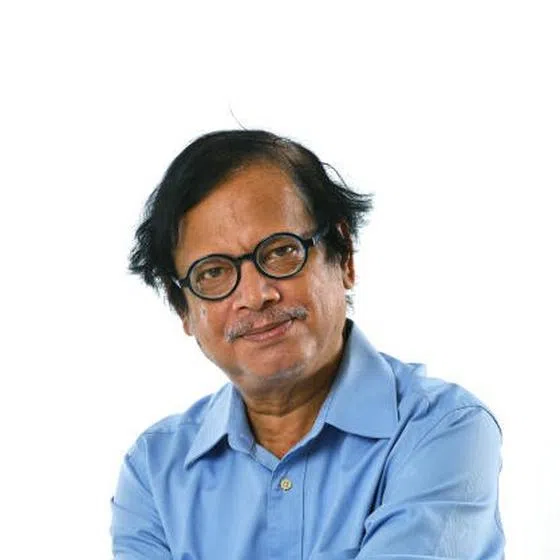Former British prime minister Tony Blair said in Singapore recently that he thinks the world will effectively have three superpowers by 2050: the United States, China and “probably” India.
Mr Blair made the assessment in an interview with The Straits Times on Sept 23, while he was in Singapore for the annual Asia Summit of American think-tank Milken Institute.
The provisional nature of the superpower status that Mr Blair attributes to India suggests that while the US and China have made it, so to speak, India still has to. Since his time frame is only two-and-a-half decades away, a wink in the eye of world history, India has some catching-up to do, and soon.
Is that possible? It is.
American diplomatic history traces the emergence of the US as a superpower to 1898, when its support for the successful independence of Cuba would bring “America into far closer and more complex relations with all the other great Powers of the world”, in the words of a contemporary observer.
Upon imperial Britain’s retreat from the global stage at the end of World War II in 1945 and the onset of decolonisation, its great-power mantle passed to the US. Hence, the US took just less than five decades (1898-1945) to become a superpower.
The US was resisted vehemently by the other superpower, the Soviet Union. When the Cold War between them ended with the fall of the Berlin Wall in 1989, the US emerged as the sole superpower.
By then, China was well on its way to emulating the American ascendancy to superpower status. It had effectively discarded communism as the motivating force of its economic policies in 1978, when it was in a de facto alliance with the US against the Soviet Union.
China wanted to both leave the Soviet Union behind and overtake America as a superpower one day. That hasn’t come to pass, but China is a superpower by virtue of its geography, population, large and inventive manufacturing and technological base, globalised economic policies, growing military prowess and an intensely historical self-awareness as a nation destined to guide the world – all American attributes as well.
China was a superpower in all but name by 2008, when the Global Financial Crisis all but destroyed the economic basis of American hegemony. In three decades (1978-2008), it had emulated the five decades it had taken America to establish its supremacy in world affairs.
Since 2008, China has cemented its economic ascendancy by embarking on an expansive military policy in the South China Sea that leaves no one in any doubt of its intention to counter America’s position as the default power in the Indo-Pacific region. The US seeks to counter China’s rise through a containment policy once directed at the Soviet Union, but most Asian countries are less interested in containing China than in balancing it.
This is where India comes in. Its economic reforms, initiated in 1991, have unleashed the potential of 1.4 billion people (just ahead of China’s population) who are hungry for change and are willing to work hard for prosperity.
According to figures just reported in Forbes, India’s gross domestic product ($5.09 trillion) trails woefully behind that of the US ($37.08 trillion) and China ($23.88 trillion). Germany and Japan come between America, China and India in the top five GDPs.
However, India is a nuclear power like the US and China – unlike Germany and Japan, who are unable to translate their economic prowess into equivalent military might.
Also, like the US and China, India possesses immense historical self-confidence. It is a country that has emerged from centuries of invasion, subjugation and colonial dependence to establish its autonomous agency in world affairs. Like both the US and China, it displays a capacity for spontaneous order: an instinctive return to stability that overrides insurrectionary moments (such as the Tiananmen uprising in China, the Capitol Hill riots in the US and the Maoist movement in India).
In a word, India is a civilisational state along with the US and China. Such states represent the value of world-ringing ideas in the lives of nations. They are not destroyed easily.
If Mr Blair is right, the world in 2050 will be far more sustainable politically than it is now.
For the young everywhere, who will be very much around then, those will be good times to live in.

